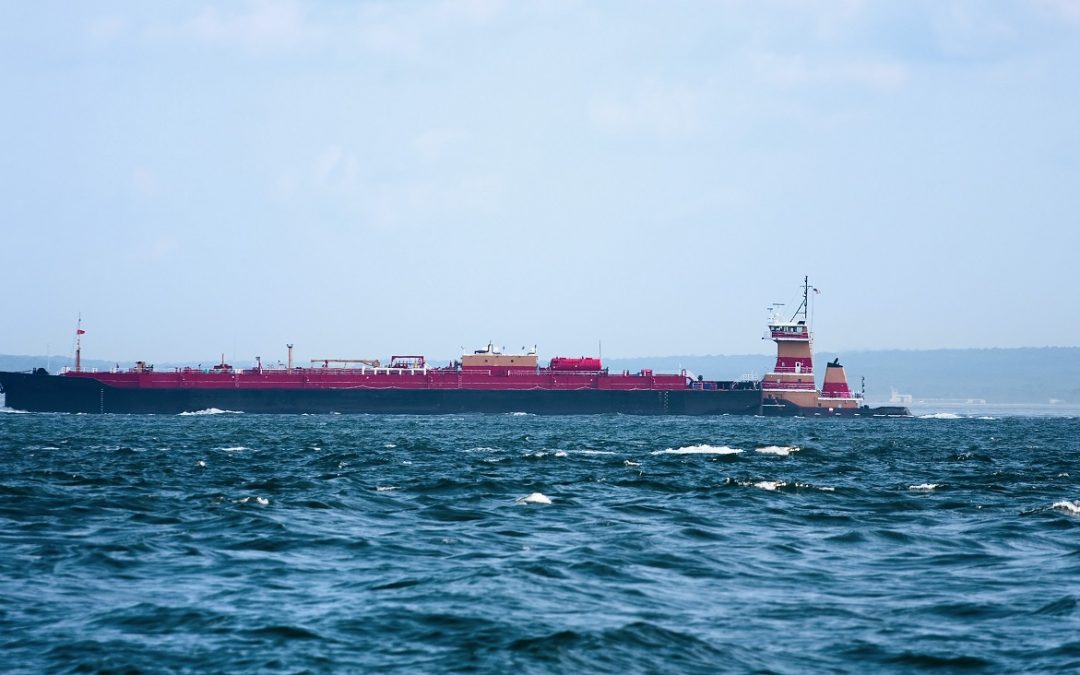Persistent transit limitations at the Panama Canal and an easing of the Russian diesel export ban, together with a focus on short-haul voyages, have clean Medium Range tanker owners anticipating heightened volatility cycles in a seasonally strong fourth quarter.
At the start of the fourth quarter, Russia has eased back its ban on diesel exports, now allowing diesel to be shipped via pipeline to its seaports on the condition that producers deliver at least half of their diesel output in the domestic market, the energy ministry said Oct. 6. Russian exports of diesel, to Brazil in particular, could see an increase from its previous decline, while the impact on the US Gulf Coast to Brazil run has yet to be seen. The higher freight levels seen to Brazil during the export ban could see a reversal following the lifting of the ban.
Brazil had been the main importer of Russian diesel since the EU’s ban of the country’s oil products following its initial invasion of Ukraine in February 2022, with exports now going to South America and other farther-flung regions. Brazil had taken more diesel from the US in September — 20,000 b/d higher on the month — as Russian exports to the country fell 30,000 b/d on the month, according to S&P Global Commodity Insights data.
Since the ban on diesel and gasoline exports went into effect Sept. 21, market sources had reported two MR and two LR1 fixtures for the USGC-Brazil voyage, compared with one LR1 fixture each in August, July and June.
Platts assessed rates on the 38,000 mt USGC-Brazil run w45 higher on the day at w260 on Sept. 25, a 21% increase.
Local voyages see uptick in market share
In the last decade of September, MR freight continued to see volatility cycles due to the continued preference in the Americas short-haul trips. A large amount of tonnage has been staying on local runs to East Coast Mexico and the Caribbean, seeing volatility cycles more than halved to eight-15 days from a height of 28 days last year.
These local runs upped their market share as owners looked to avoid excessive wait times seen at the Panama Canal, as the dry season has continued to wreak havoc on the water levels at Gatun Lake, exacerbated by the El Nino phenomenon.
In the month of September, the share of USGC-Caribbean trade flows rose proportionately to 59%, while the MR USGC-Chile share dropped to 19% from an average of 26%.
The most recent advisory report from the Panama Canal Authority has reduced the number of ships able to transit the waterway daily to 31 from 32, with nine through the Neopanamax locks and 22 through the older Panamax locks.
The canal authority indicated that the reduction in transit allotments was a necessary measure so that additional draft restrictions could potentially be avoided. Currently, the maximum authorized draft for the Neopanamax locks sits at 44 feet and at 39.5 feet for the Panamax locks. Under normal conditions, with no draft restrictions, the maximum draft authorized for the Neopanamax locks is up to 50 feet and up to 39.5 feet for the Panamax locks.
For the clean tanker segment, the limited number of daily transits has had more of an impact as wait times have grown for ships looking to pass through the canal.
Wait times increase at canal
One shipowner said that wait times for vessels heading Northbound and Southbound was 13-14 days for MRs on Oct. 6. Wait times peaked at a high of up to 21 days on Aug. 8, causing the US Gulf Coast-Chile clean tanker run to price higher, as owners were reluctant to go through the canal with the delays that they would face when ballasting back to the USGC as well.
With those delays, shipowners have looked to reposition tonnage from the USGC to the better-earning Far East and European markets, leading market participants to expect firm freight levels for the Americas clean tanker market in the fourth quarter.
Due to extended wait periods Northbound on the Panama Canal, owners have been deterred from offering on the USGC-Chile route, in favor of more short-term runs as they prefer to have multiple voyages in the fourth quarter rather than just one Chile run, a shipbroker said.
Volatility expected to continue amid the winter season
Clean tanker ton-mile demand rose significantly following Russia’s invasion of Ukraine in February 2022, as Europe has needed to replace 1.5 million b/d of sanctioned Russian refined product barrels from the longer-haul markets in the US and the East of Suez region. This long-haul activity is thought to continue to bolster ton-mile demand and make for enhanced volatility as trade flows remain altered.
In the Americas, the preference for regional short-haul runs is expected to continue the quick succession of price peaks and valleys in the market.
As the fourth quarter and the Northern Hemisphere transitions into the winter season, market participants anticipate worsening volatility as freight rates typically see their annual rate highs heading into November and December.
Source: Hellenic Shipping News





